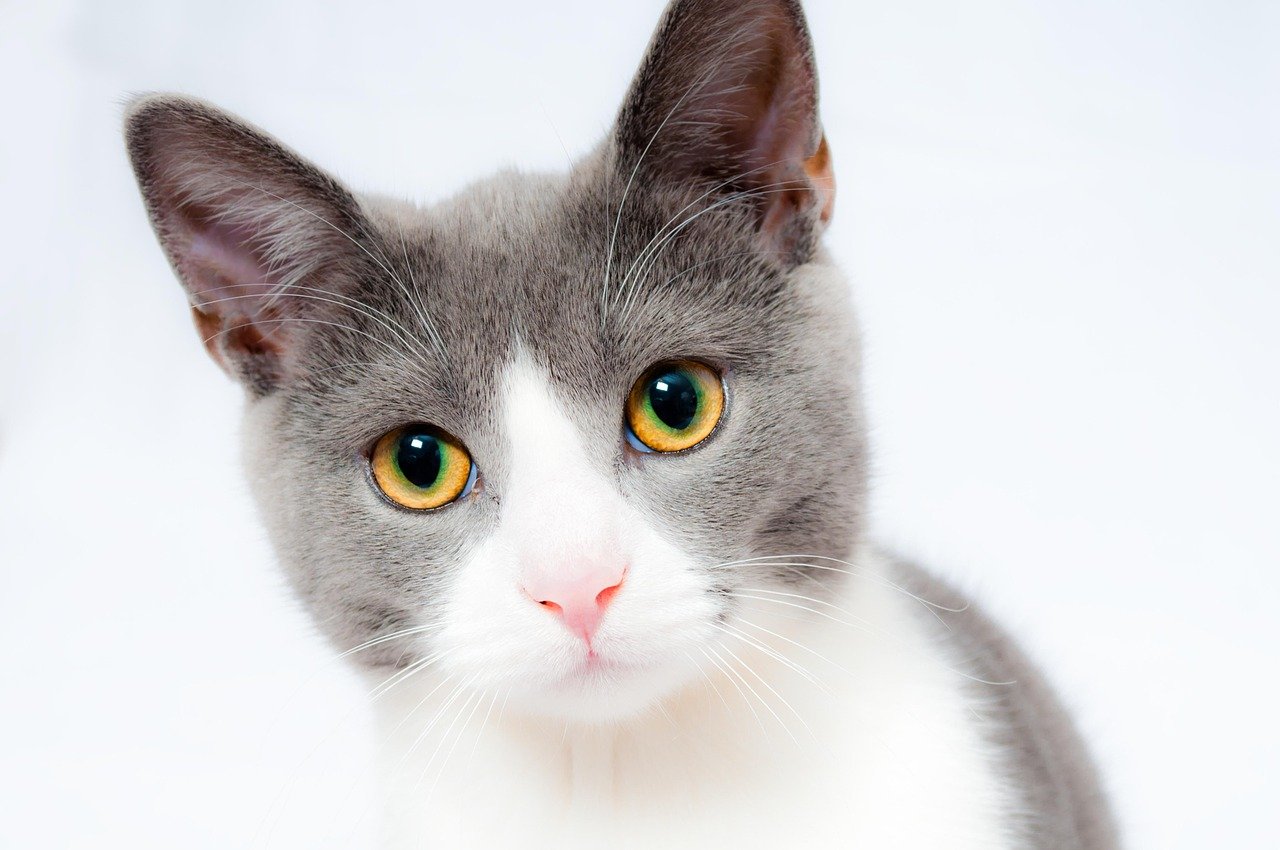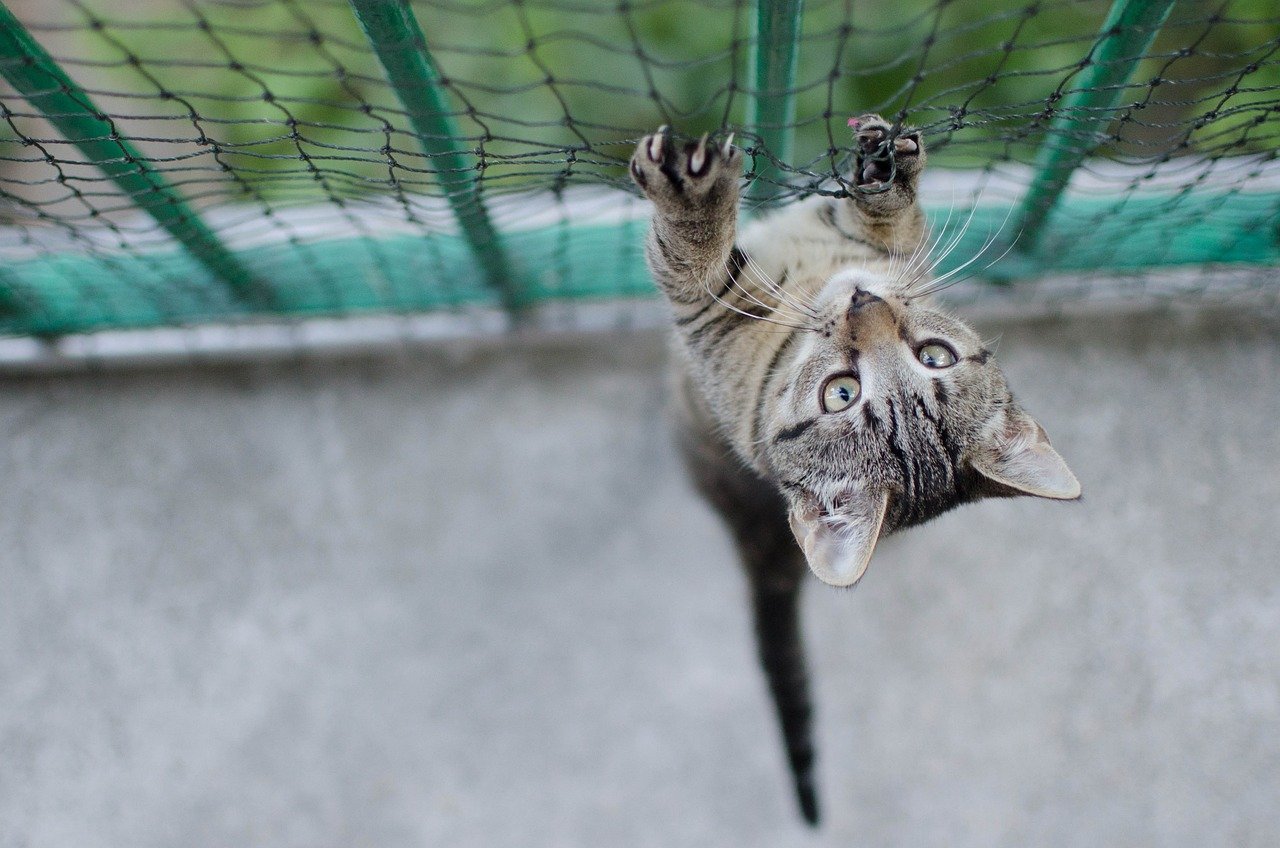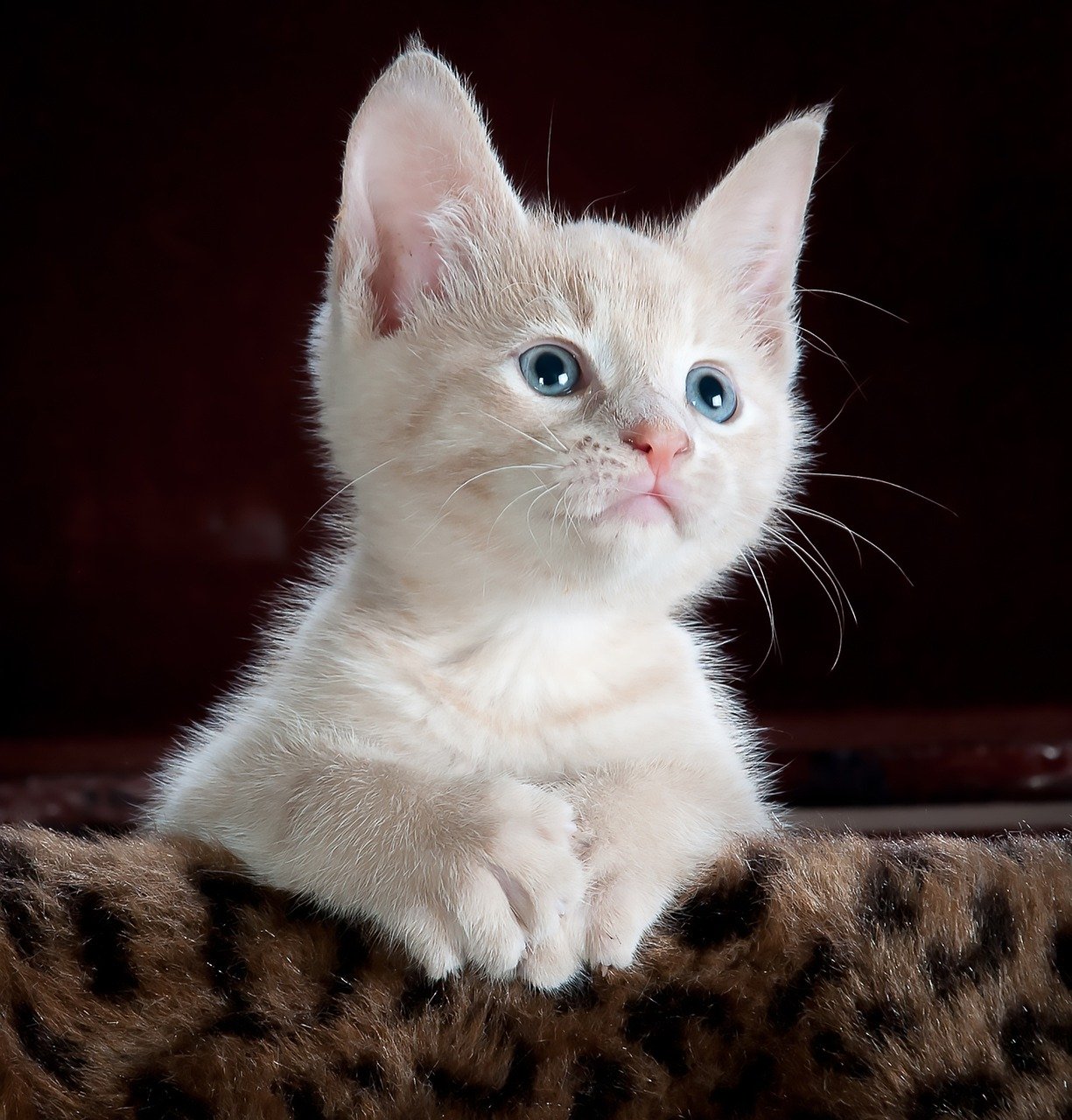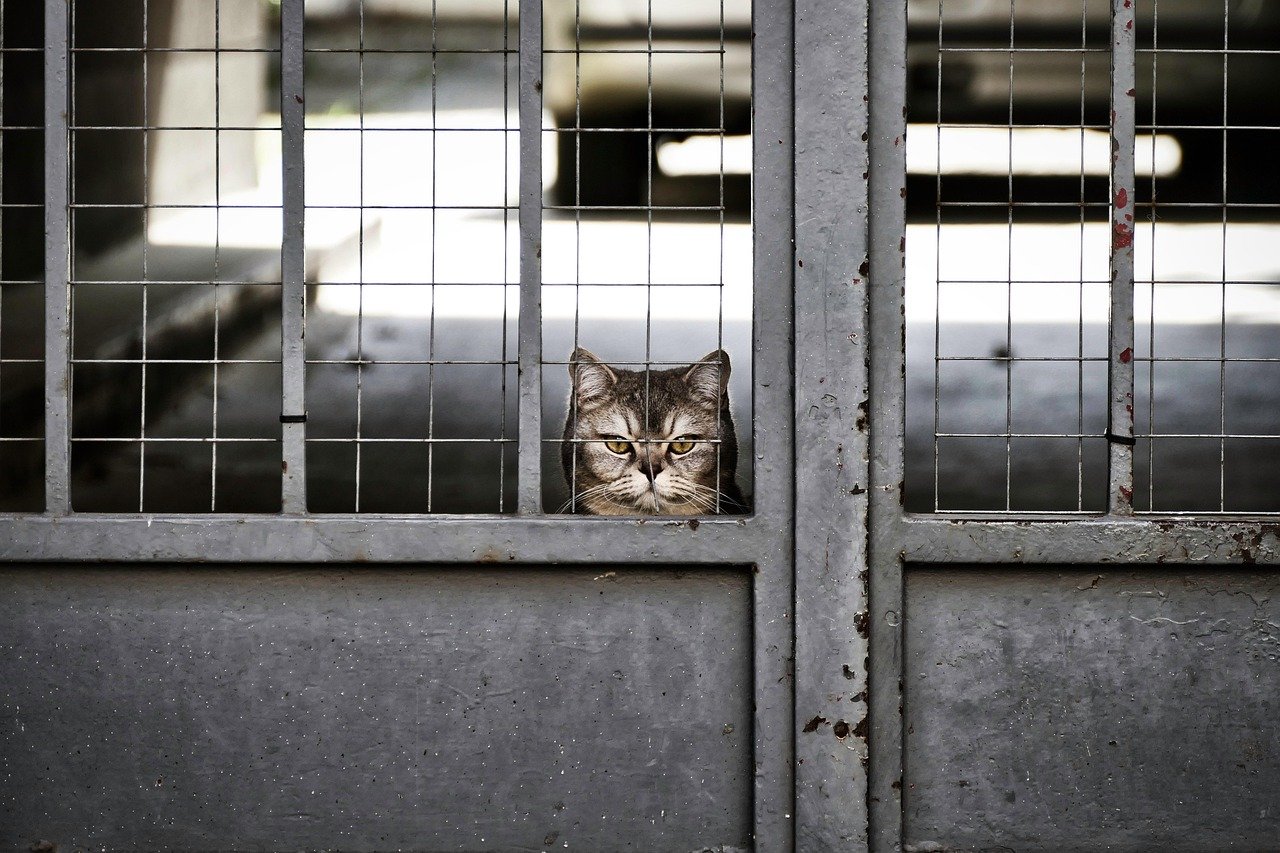Welcoming a new cat into your home can be both exciting and a bit nerve-wracking. Cats are known for their independent nature, but that doesn’t mean they don’t crave connection. Building a strong bond with your feline friend requires patience, understanding, and a little bit of strategy. Think of it as a dance, where you and your cat slowly learn each other’s rhythms. Here are some effective ways to help nurture that relationship, ensuring a harmonious and loving companionship.
Understanding Your Cat’s Unique Personality

Just like people, every cat has its own unique personality. Some cats are social butterflies, eager to explore and interact, while others might be more reserved, preferring the quiet corners of the house. Taking the time to understand your cat’s personality is crucial. Observe their behavior without imposing your expectations. Are they curious or cautious? Do they enjoy being petted or do they shy away from touch? Recognizing these traits will help you approach your cat in a way that feels safe and comfortable for them. This understanding forms the foundation of trust and respect.
Creating a Safe and Inviting Environment

A new environment can be overwhelming for a cat. To help them settle in, create a space that feels safe and inviting. Start with a small area where they can explore at their own pace. Ensure there are hiding spots, like a cozy bed or a nook under a piece of furniture, where they can retreat when they feel the need. The presence of familiar scents, such as a blanket from their previous home, can also provide comfort. As they become more confident, gradually introduce them to other parts of your home.
The Power of Routine
Cats thrive on routine. It gives them a sense of security and predictability. Feeding your cat at the same times each day, playing with them regularly, and maintaining a consistent schedule for their daily activities can help establish trust. Think of it like a rhythm that your cat can dance to, knowing what to expect and when. This consistency not only reassures your cat but also strengthens the bond between you, as they learn to trust you as their reliable caregiver.
Engaging in Play
Playtime is more than just a way for cats to burn off energy; it’s a crucial part of building a bond. Engaging in play allows you to interact with your cat in a fun and positive way, strengthening your connection. Toys that mimic the movements of prey, like feathers on a string or small balls, can stimulate their natural hunting instincts. Remember to let your cat catch the “prey” occasionally to keep them engaged. Through play, you’re not just entertaining your cat; you’re communicating and building a relationship based on mutual enjoyment.
Respecting Their Space

While it’s natural to want to shower your new cat with affection, it’s important to respect their space and boundaries. Cats appreciate having control over their environment and interactions. If your cat retreats to a quiet spot, give them the space they need. Instead of forcing interaction, allow them to come to you when they’re ready. This respect for their autonomy will help build trust and a deeper connection over time.
Using Positive Reinforcement
Positive reinforcement is a powerful tool in building a bond with your cat. Rewarding good behavior with treats, affection, or praise encourages them to repeat those actions. For example, if your cat uses the litter box correctly or comes to you when called, a small reward can reinforce this behavior. Over time, your cat will associate you with positive experiences, strengthening your bond. It’s a gentle way to guide their behavior while also showing them love and appreciation.
The Importance of Patience

Building a bond with a new cat doesn’t happen overnight. It requires patience and understanding. Cats, especially those from shelters or previous homes, may take time to adjust to a new environment and person. Allow them to set the pace of the relationship. Celebrate small victories, like them approaching you for the first time or purring in your presence. These moments, though small, are significant steps towards a lasting bond.
Communicating Through Body Language

Cats communicate primarily through body language. Understanding the signals they give can help you respond appropriately and strengthen your bond. Pay attention to their tail movements, ear positions, and vocalizations. A flicking tail might indicate irritation, while a slow blink can be a sign of trust and affection. By learning to read these cues, you can interact with your cat in a way that is respectful and responsive to their needs, reinforcing your connection.
In conclusion, building a bond with a new cat is a rewarding journey filled with small steps and big leaps. By understanding their unique personality, providing a safe environment, and respecting their boundaries, you lay the groundwork for a strong and loving relationship. Remember, patience and positive reinforcement are key, and over time, you’ll find that your cat becomes not just a pet, but a cherished companion.

Growing up traveling and experiencing new cultures and wonders, I have had a passion for nature, adventuring, photography, and videography. I am currently working towards a BSc in Biodiversity and Ecology at Stellenbosch University, and I hope to specialise in Marine Sciences one day.
Please send any feedback to Feedback@animalsaroundtheglobe.com






